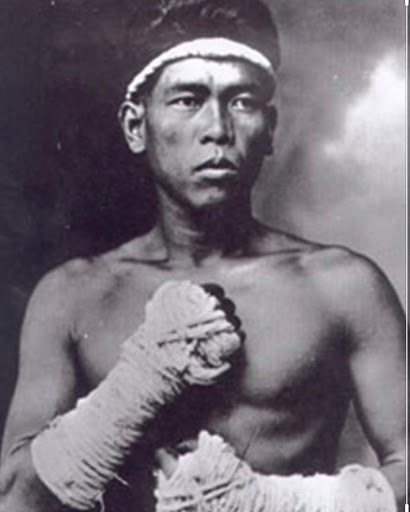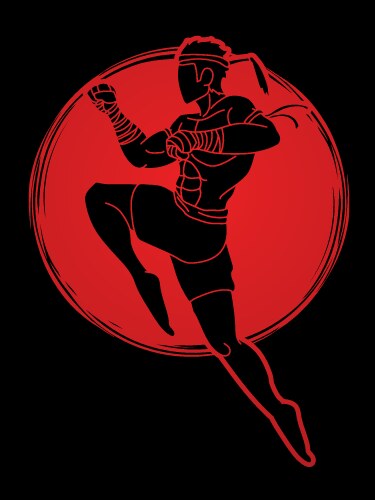History of Muay Thai
Muay Thai, or Thai boxing, is deeply rooted in Thai culture and history. Emerging from hand-to-hand combat training in the 13th century, it was initially used as a method of self-defense and military preparation. The sport gained prominence during King Narai’s era, when it was formalized into a national pastime. Fighters wrapped their hands in hemp ropes and engaged in matches to represent their communities, settling disputes or entertaining royalty. Over centuries, Muay Thai evolved into a regulated sport, with early rules measuring fight rounds using sinking coconuts. By the 20th century, Muay Thai gained international recognition, partly through Thai soldiers competing in France during World War I.
The history of Muay Thai is rich with legendary figures who shaped its identity. Nai Khanom Tom, often hailed as the "Father of Muay Thai," showcased his skill during a Burmese king's celebration, defeating multiple opponents with his remarkable techniques. King Prachao Sua, a monarch passionate about Muay Thai, disguised himself as a commoner to compete in tournaments. In the modern era, fighters like Apidej Sit-Hirun earned acclaim for their exceptional power and skill, inspiring the sport's golden age in the 1980s. These figures contributed to Muay Thai’s legacy as not only a martial art but a symbol of Thai pride and resilience.
Today, Muay Thai remains a thrilling spectacle and a significant cultural tradition in Thailand. Visitors can experience the excitement firsthand at iconic venues like Lumpinee Boxing Stadium and Rajadamnern Stadium in Bangkok. These arenas host electrifying matches, blending ancient traditions with modern sportsmanship. Additionally, annual events like the World Wai Kru Muay Thai Ceremony in Ayutthaya honor the sport's history and provide a platform for enthusiasts to participate and learn. Whether in the ring or as a cultural experience, Muay Thai continues to captivate audiences worldwide with its rich heritage and unmatched intensity.
During the reign of King Rama V in the late 19th century, Muay Thai began to transition into its modern form. Boxing rings were introduced, and the use of hand wraps evolved into modern-day gloves. The creation of formal rules helped standardize the sport and contributed to its spread beyond Thailand's borders. Today, Muay Thai is practiced worldwide, both as a competitive sport and as a form of physical conditioning. It is renowned for its effectiveness in mixed martial arts (MMA) competitions, where fighters use Muay Thai techniques in their training for striking and clinching.

